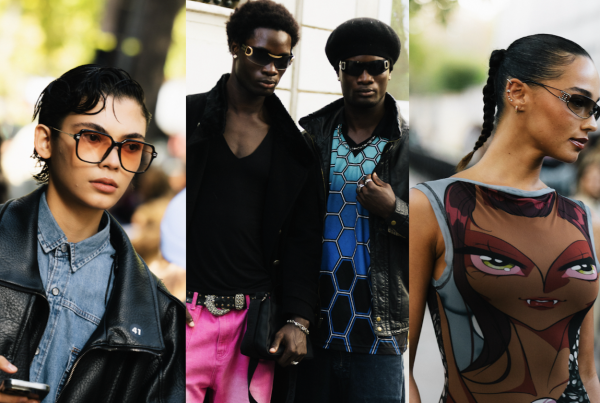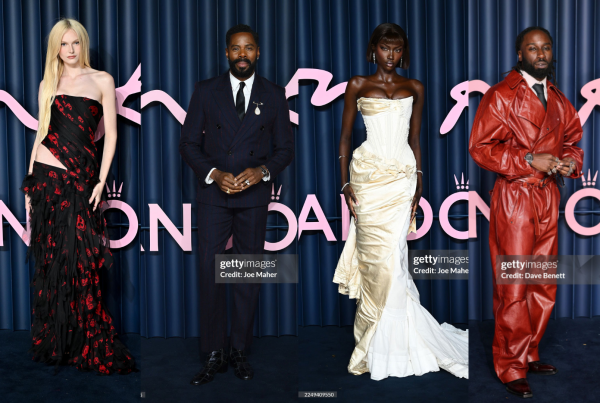
One of the most notable trends in the video gaming world in recent years has been the popularity of storytelling. The video gaming world has evolved significantly over the last few decades, evolving from basic pixelated adventures to interactive, immersive digital worlds. Narrative-driven video games prioritize character development and storytelling, offering players a one-of-a-kind interactive and engaging experience. Today, the world of gaming is dominated by a new era of story-driven games. These games push the barriers of storytelling, making the experience engaging, entertaining, and immersive. Be sure to visit https://fortunica-slots.com/en-gb/ to check out similar games.
The Evolution of Immersive Storytelling in Gaming
Storytelling in video games has its roots in early text-based titles like Colossal Cave Adventure and Zork. These games heavily relied on player input and written descriptions to progress the narrative. While they didn’t have the audio and visual elements associated with contemporary gaming, they pioneered the art of interactive narration.
In the late 1980s to early 1990s, the introduction of graphic adventure video games like Day of the Tentacle and Monkey Island introduced gamers to a more aesthetically engaging type of storytelling. These video games featured witty dialogue, colorful characters, and complex puzzles—elements akin to costume drama and visual flair, which laid the groundwork for deeper visual identity in games. But the true turning point came in 1993 when Myst was released. This game stretched the barriers of what visual storytelling could achieve. With its cryptic narrative and fantastic pre-rendered graphics, Myst showed the potential for story-driven video games to immerse gamers in rich, atmospheric environments—much like stepping into a carefully curated fashion editorial.
With advances in technology, the possibilities for story-driven games also multiplied. The advent of voice acting and 3D graphics in the late 1990s allowed game developers to come up with lifelike environments and characters, complete with distinct visual styles. Titles such as Metal Gear Solid and Final Fantasy 7 blended interactive gameplay with cinematic storytelling, while also pushing visual styling, costume design, and character aesthetics to the forefront. Open-world games like The Elder Scrolls 3: Morrowind and Grand Theft Auto 3 expanded the possibilities of story-driven gaming. Players were now able to explore expansive environments and essentially “style” their own narrative paths—echoing the fashion world’s embrace of personal expression.
The Effect of New Technology on Video Game Storytelling
The gaming world is leveraging a wave of advances in technology that are transforming the narrative-driven genre. Technology has had a significant impact on two key areas, namely artificial intelligence (AI) and graphics:
Graphics have traveled a long road since the nostalgic times of Myst. Today, gaming hardware can create incredibly realistic and detailed environments, enhancing storytelling and immersion. Games like Red Dead Redemption and The Last of Us 2 are popular for their spectacular visuals, which add to the emotional effect of their stories. Improved texture rendering, ray tracing, and high-definition displays bring characters to life with fashion-forward precision—from battle armor to everyday outfits, players now experience design elements that rival runway collections in detail and creativity.
AI technology has also played an important role in shaping story-driven games. Game developers are harnessing the power of AI to create more responsive and dynamic storytelling experiences. For instance, AI-powered characters in games such as Detroit: Become Human have the ability to adapt their dialogue and behaviors based on gamer choices, building a sense of consequence and agency in the story. AI enables multiple endings and branching storylines, allowing gamers to have greater control of their gaming experiences—much like choosing a signature style. Natural language processing also enhances voice acting and dialogue, making in-game characters more lifelike, expressive, and emotionally resonant.
Perfect Examples of Immersive Storytelling in Gaming
Many video games have successfully used immersive narration to create meaningful, unforgettable experiences for players. Here are some notable examples:
- The Witcher Series: With its rich lore, character complexity, and stylized visuals (including iconic armor and design elements), The Witcher series blends storytelling with a distinct visual identity that feels tailored, elegant, and gritty.
- The Last of Us: Known for its compelling characters and visual realism, The Last of Us uses costume and environmental design to enhance emotional depth—every tattered outfit and rugged detail helps tell the story.
- Mass Effect Series: Offering players the chance to customize their characters’ appearances, relationships, and decisions, Mass Effect merges fashion-like personalization with galactic-scale storytelling.
- Bioshock: A masterclass in narrative and art direction, Bioshock creates hauntingly beautiful aesthetics—from vintage-inspired costumes to dystopian architecture—turning every frame into a visual statement.
Crafting Virtual Epics
As video games continue to evolve, storytelling remains a crucial element—and fashion plays an unsung role in shaping the visual language of narrative worlds. From wardrobe choices that define a character’s identity to worlds built with a designer’s eye for detail, video games are blurring the lines between digital epics and style showcases.
As game developers push the barriers of technology and creativity, the future of story-driven games looks bright and stylish. Expect even more immersive narratives that don’t just captivate minds—but also turn heads.

























































